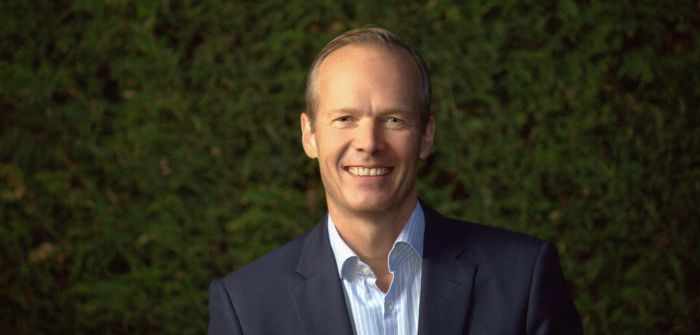Cleaning robots could revolutionize hygiene at airports, according to research from SoftBank Robotics.
The robotics company surveyed professionals in the facilities management industry across various sectors including aviation and travel representatives.
Nils van der Zijl, vice president sales and marketing at SoftBank Robotics EMEA, said cleaning robots, or ‘cobots’, can work alongside cleaners to carry out repetitive or strenuous tasks, freeing up staff to do other tasks such as deep cleaning of hard surfaces.
Van der Zijl told Passenger Terminal World that robots can free up more than two hours for cleaning during an average shift, vacuuming an area in half the time of a manual vacuum cleaner and working 24 hours a day if needed.
He said that a positive culture is essential where workers understand the role of cobots and how it improves their work.
“The introduction of cobots allows facility management providers to meet and exceed service levels without having to take on additional resources. Airports can therefore demonstrate how innovation within their operating model is delivering a cleaner, safer, more hygienic building environment for both staff and passengers,” he said.
The cobots should be able to cope when passenger numbers return to normal because they are automated and self-operate once they are trained. Van der Zijl said they can be deployed at appropriate times, preferably when passenger traffic is low.
“Each cobot has the capacity to save up to 600 routes as well as the capability to build vacuuming rosters based on footfall levels which can be matched to flight timetables, allowing facility managers to plug the gap with cobots where staff resources are limited,” he said.
The cleaning industry has seen profit margins squeezed in recent years and COVID-19 has put hygiene in the spotlight.
Van der Zijl commented, “The cleaning industry has a huge opportunity to demonstrate its value, particularly in industries such as travel and aviation, where providing a safe and clean environment will be crucial in building confidence among consumers and ensuring a fast and sustainable recovery.”


